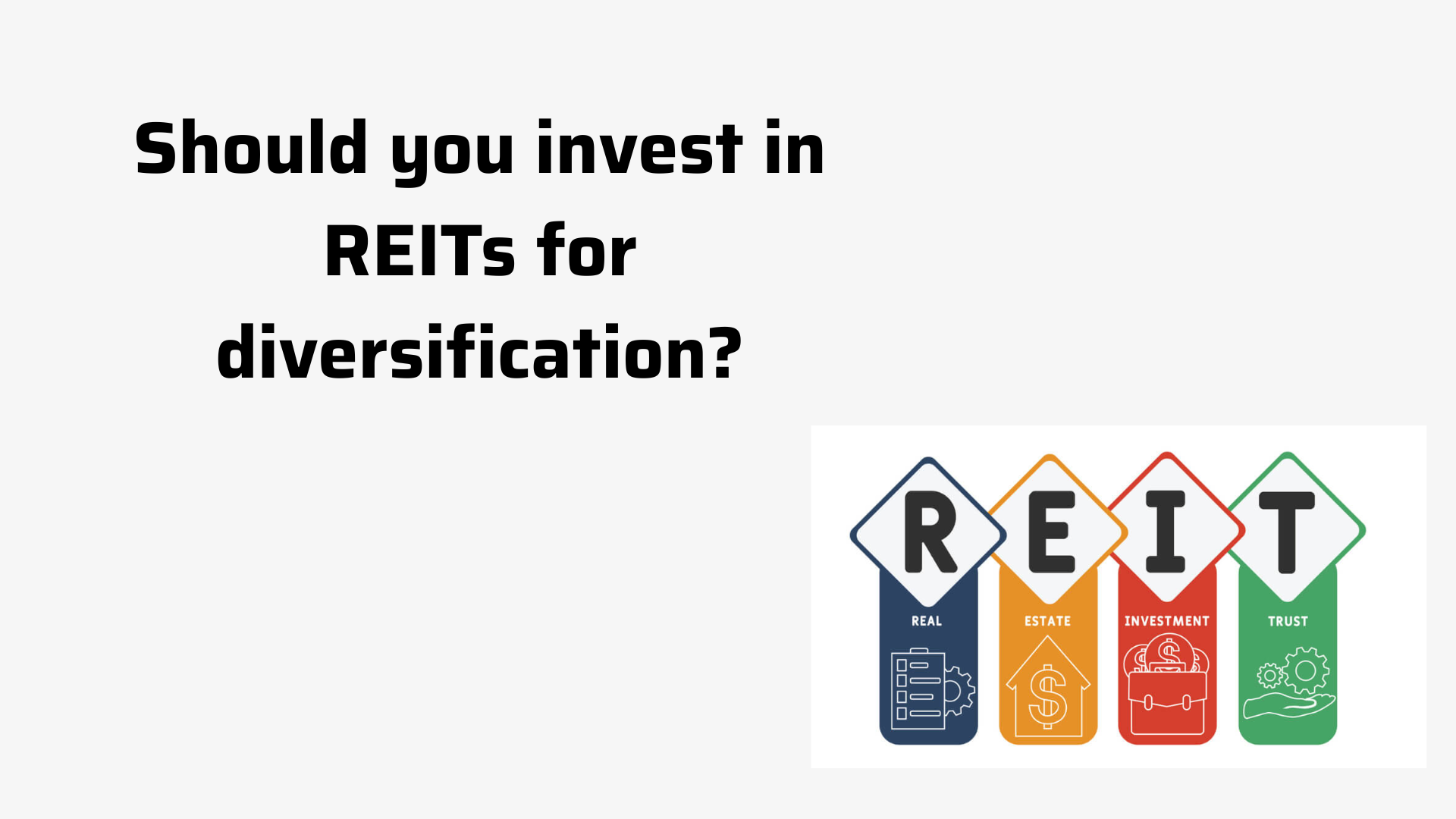They offer stable income and growth but at what cost For investors building a well-rounded portfolio, the idea of a third asset class is compelling. You already have equity for growth and debt for stabilitywhat next? Enter REITs, or Real Estate Investment Trusts. These are pitched as the perfect diversifier: offering stable income, a hedge against inflation and low correlation with stocks (they don’t usually move in the same direction as equity markets). Sounds ideal, but do they actually work that way in practice? Let’s put these promises to the test. Quality of diversification On paper, real estate should behave differently from equity. But in reality, listed REITs often move in tandem with the stock market. India has four publicly traded REITs Embassy Office Parks, Mindspace Business Parks, Brookfield India and Nexus Select. During the September 2024 to March 2025 correction, when the Nifty 50 dropped nearly 16 per cent, Embassy fell 7.4 per cent, Nexus 9 per cent, while Mindspace and Brookfield posted small gains of 4.5 and 3.8 per cent, respectively. Back in the Covid crash of 2020, Embassy REIT the only one listed then fell over 18 per cent, against Nifty’s 38.4 per cent fall. So yes, REITs fall less than equities, providing some downside protection, but not as efficiently as short-duration debt funds, which slipped just 0.6 per cent.
The key reason? REITs are traded on stock exchanges. So, despite being backed by rental income and physical assets, their prices swing with broader market sentiment especially in downturns. Stable income REIT promises regular income. SEBI mandates that 90 per cent of net distributable cash flow (NDCF) be handed back to investors. Since their launch, Indian REITs have delivered annual yields (NDCF by REIT price) in the 5.5 to 7.2 per cent range. It sounds attractive, but this isn’t always purely rental income. Alongside rental income, REIT payouts may include interest from loans, repayments by subsidiaries (SPVs or Special Purpose Vehicles) and one-off gains from selling properties. This mix matters not just because it affects taxation (more on that later), but also because occasional capital gains aren’t repeatable. They can make payouts look stronger than they really are, creating a false sense of steady income. So, while the yield may look consistent on the surface, investors should ask: how much of it is from steady lease rentals, and how much from temporary financial manoeuvres? As the data shows in the table, a large share of the income isn’t from regular dividends alone. Amortisation of loan forms a big chunk for Brookfield (45 per cent share) and Embassy (48.6 per cent), which also reflects in their subdued capital appreciation when compared to their peers. Put simply, an investor has to dig deeper than just looking at the headline yields provided by REITs.
Always on discount Another promise of REITs is NAV-backed pricing. But unlike mutual funds, REITs often trade at a discount to their net asset value (NAV), disclosed just twice a year. As of June 2025: Embassy REIT was trading 8.3 per cent below its NAV Mindspace at a 5.2 per cent discount Brookfield India REIT at a 8.8 per cent discount. Nexus Select traded 9.3 per cent lower In fact, REITs have spent about 90 to 98 per cent of their time on the exchanges trading at a discount to NAV. That’s telling. Because while buying at a discount can be rewarding, these persistent discounts raise a dilemma. Are investors underestimating the value of these assets, or rightly wary of issues like tenant risk, refinancing needs or poor transparency? What you may miss at first glance Liquidity: REITs trade on stock exchanges, but that doesn’t guarantee smooth exits. Embassy and Brookfield generally see healthy daily volumes, but Mindspace and Nexus are far less consistent. For instance, Nexus saw above-average liquidity than its average daily traded value on less than 7 per cent of trading days last year.
So, large investors shouldn’t count on easy exits, especially in a downturn. Taxation: This is quite a bamboozle for REITs investors. So, let’s tackle them one by one: rental income and interest are taxed at your slab rate; loan repayments are tax-free; dividends may be exempt but only if the REIT hasn’t opted for the concessional tax regime; and long-term capital gains beyond ?1.25 lakh a year are taxed at 12.5 per cent. Put simply, both liquidity and tax impact what you actually take home. REITs may seem convenient and income-generating, but the reality depends on timing, structure and your tax bracket. So, do REITs deserve a spot in your portfolio? REITs aren’t a replacement for debt, nor are they pure equity. They sit somewhere in between with potential, but also plenty of caveats. Used wisely, they can add a layer of diversification and income to your portfolio, but they’re not a magic bullet. If you’re considering them, keep it modest around 10 per cent of your portfolio.

